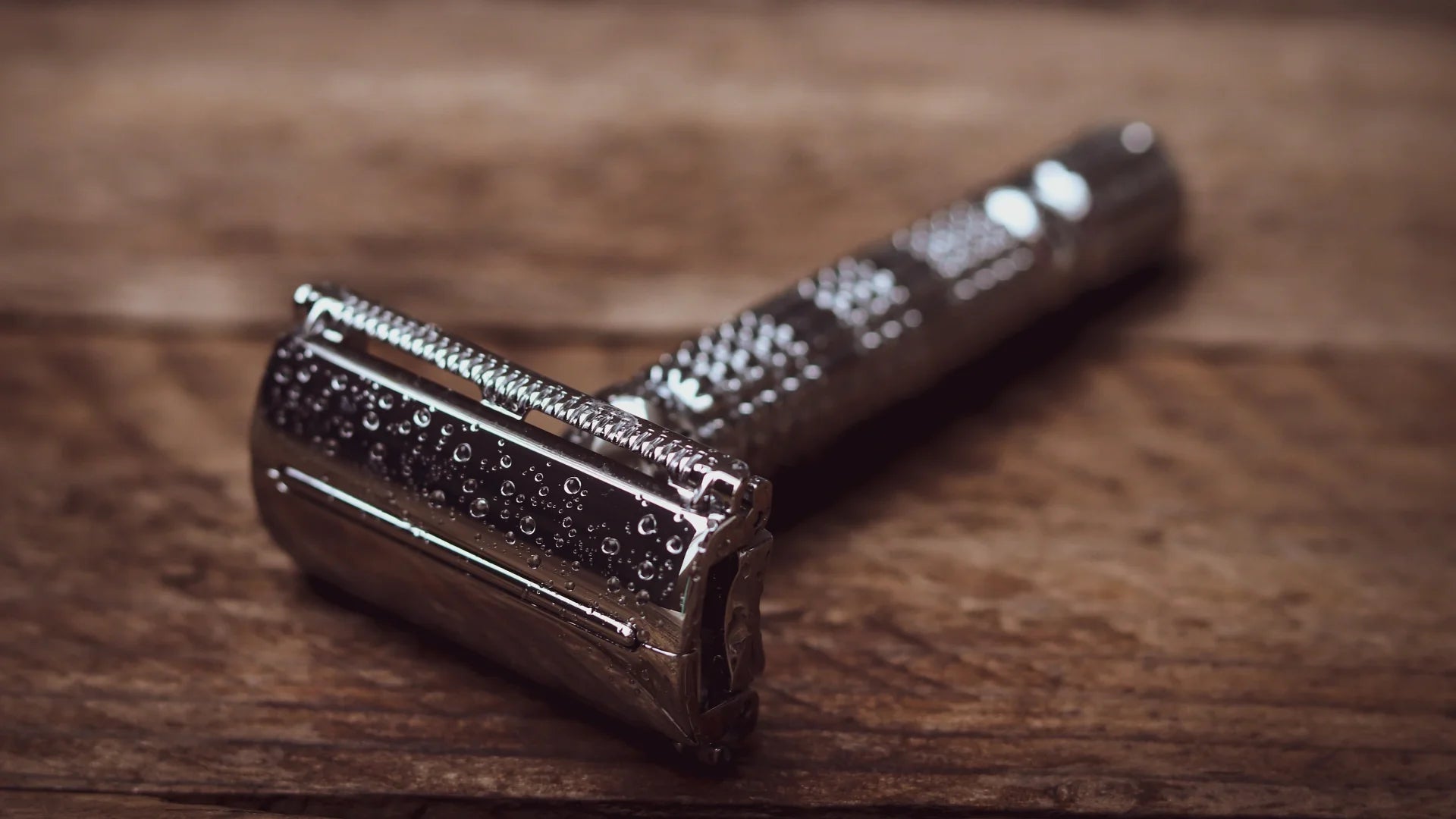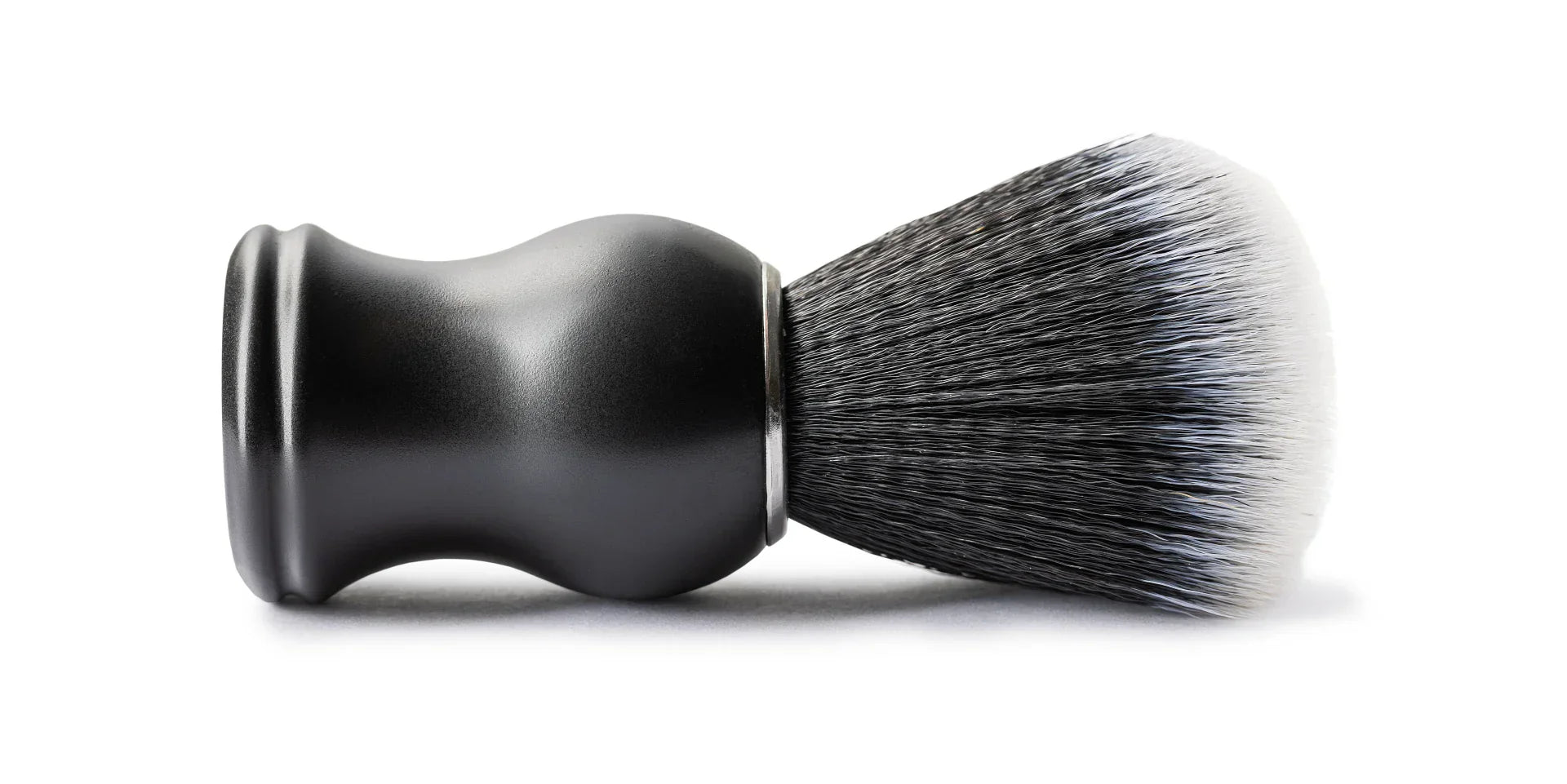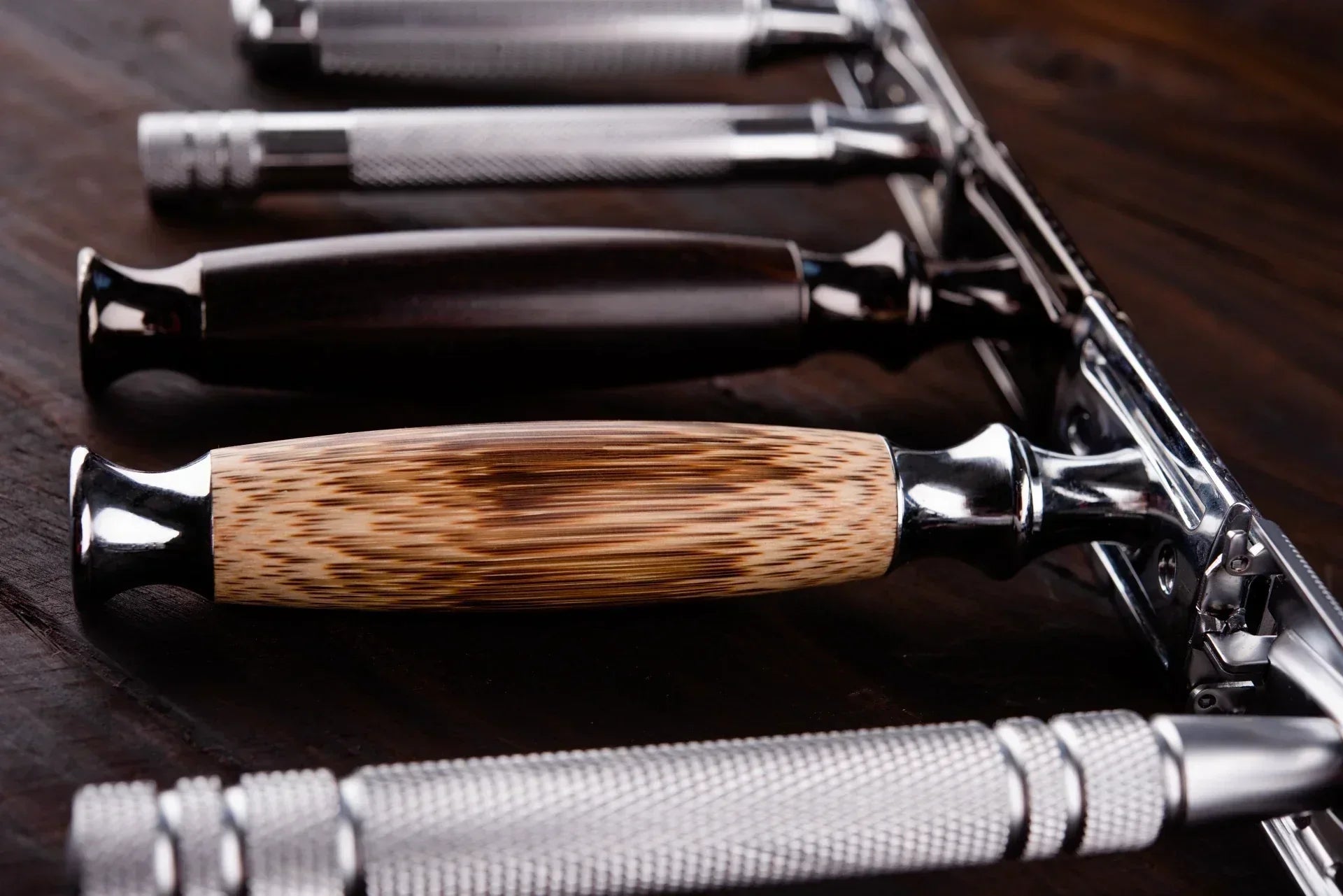
How to maintain a safety razor
The safety razor is a classic tool, appreciated for its precision and efficiency. To ensure it continues to provide a safe and enjoyable shaving experience, regular maintenance is essential. Here's a complete guide on how to look after your safety razor so that it retains its optimum performance for years to come.
1. Cleaning after each use
After every shave, it's important to clean your safety razor to remove excess lather, shaving cream and hair.
- Remove the shaver : Remove the shaver head to access the blade and base. This will allow you to clean all the parts thoroughly.
- Rinse with hot water : Rinse each part under a jet of hot water to remove any residue. Make sure you don't soak the metal part in water for too long, as this can lead to rust.
- Use a soft brush : If necessary, use a soft brush (such as an old toothbrush) to scrub small areas and hard-to-reach nooks and crannies, especially around the shaver head where hairs can build up.
2. Dry your razor properly
Moisture is the enemy of safety razors, especially metal ones, as it can cause rust.
- Dry every part thoroughly : After cleaning, be sure to dry your shaver thoroughly, including the blade (if reused) and other parts. Use a clean towel or soft cloth.
- Air dry : To ensure complete dryness, allow your shaver to air dry completely, upside down, to prevent water from collecting in the internal parts.
3. Lubricating moving parts
To keep your shaver running smoothly and prevent premature wear of moving parts (such as the head locking mechanism), we recommend that you lightly lubricate the moving parts.
- Use light oil : A drop of mineral oil or shaver lubricating oil can be applied to the shaver's moving parts. This will help keep the mechanisms working and prevent rust build-up.
4. Checking and replacing the blade
The blade of your safety razor is the main cutting element. It is important to check its condition regularly and replace it when necessary.
- Replace the blade regularly : Even if the blade still seems sharp, we recommend changing it every 5 to 7 shaves, depending on use. A worn blade can cause irritation and cuts.
- Careful handling of the blade : When changing the blade, do so with care to avoid cutting yourself. Use a blade holder or pliers to handle the blade safely.
5. Proper razor storage
Storing your safety razor is crucial to preserving its quality.
- Store it in a dry place : Avoid leaving your shaver in a damp place, such as the shower. A razor stand or razor holder is an excellent option for keeping your tool dry and safe from splashes of water.
- Protect your razor with a case : If you're travelling, consider protecting your razor in a suitable case or stand to avoid damage during transport.
6. Periodically checking the mechanism
A safety razor, like any other tool, should be inspected regularly to make sure it is working properly.
- Check the locking mechanism : Make sure that the shaver head mechanism locks properly and that there are no loose parts.
- Check threads and screw thread : Regularly check threads and seals for wear or damage. Replace if necessary.
Conclusion
Maintaining your safety razor is simple but essential to ensure it gives you a smooth, close shave for a long time. Regular cleaning, careful drying, light lubrication and blade replacement at appropriate intervals will help keep your shaver in top condition. Follow these steps and enjoy an efficient, comfortable shave every time.







